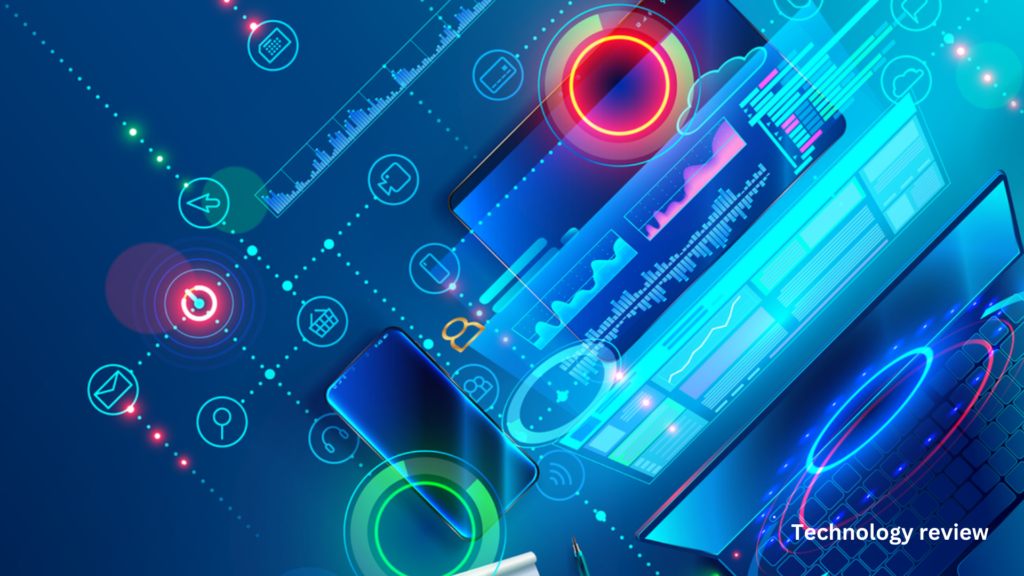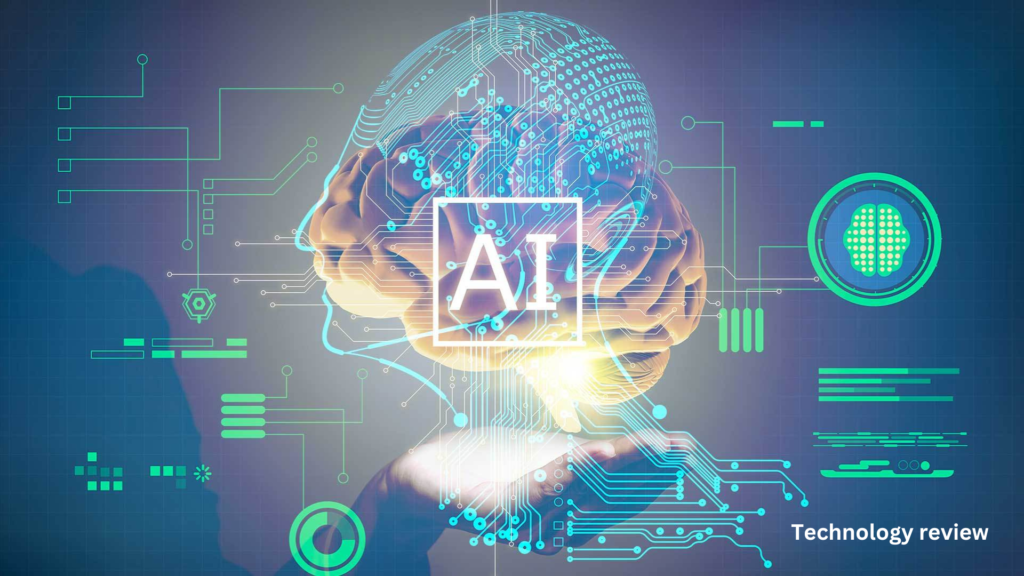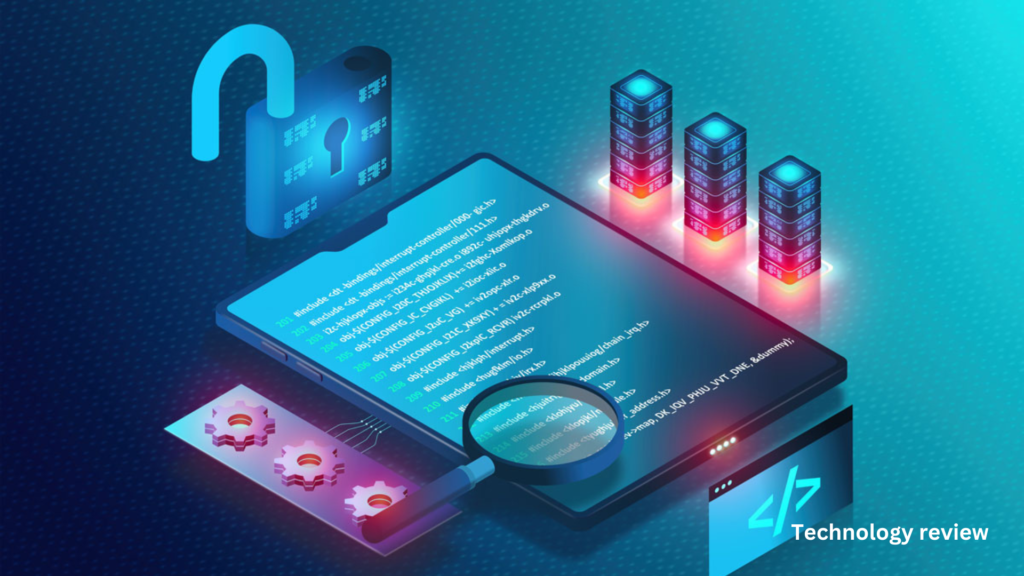Ai open source tools for Artificial Intelligence in 2024 As you navigate the rapidly evolving landscape of artificial intelligence, open source tools have become indispensable assets in your Al development toolkit. In 2024, these freely available resources are more powerful and accessible than ever before, empowering you to push the boundaries of machine learning, natural language processing, and computer vision. This article will guide you through the most impactful open source Al tools of the year, providing insights into their capabilities, use cases, and implementation strategies. By leveraging these cutting-edge solutions, you’ll be well-equipped to tackle complex Al challenges and drive innovation in your field.
Top Open Source Al Tools to Know
In the rapidly evolving landscape of artificial intelligence, open source tools are becoming increasingly vital for developers and researchers. These ai open source tools offer flexibility, transparency, and community-driven innovation. Let’s explore some of the most impactful options available in 2024.
TensorFlow
Google’s TensorFlow remains a cornerstone in the world of open source Al frameworks. Its versatility in handling machine learning tasks, from neural networks to natural language processing, makes it a go-to choice for many professionals. The extensive documentation and active community support contribute to its enduring popularity.
PyTorch
Developed by Facebook’s Al Research lab, PyTorch has gained significant traction for its dynamic computational graphs and intuitive design. It excels in deep learning applications and is particularly favored in academic research settings. The seamless integration with Python makes it accessible to a wide range of developers.
Scikit-learn
For those focused on classical machine learning algorithms, Scikit-learn provides a comprehensive toolkit. Its user-friendly interface and extensive library of pre-implemented algorithms make it an excellent choice for both beginners and experienced practitioners. The tool’s integration with other Python libraries enhances its utility in data science workflows.
Apache MXNet
Known for its scalability and efficiency, Apache MXNet is gaining popularity in production environments. Its ability to distribute computations across multiple devices makes it particularly suitable for large-scale Al applications. The framework’s support for multiple programming languages adds to its versatility.

How Open Source Al is Changing Technology
Open source tools for artificial intelligence are revolutionizing the tech landscape, democratizing access to powerful Al capabilities and fostering innovation across industries. As these ai open source tools become more prevalent, they’re reshaping how we approach problem-solving and product development.
Accelerating Innovation
By making advanced Al algorithms and frameworks freely available, open source initiatives are enabling rapid prototyping and experimentation. Developers and researchers can now build upon existing work, accelerating the pace of innovation in fields like machine learning, natural language processing, and computer vision.
Democratizing Access
Open source Al tools are leveling the playing field, allowing startups and individual developers to compete with tech giants. This democratization of Al technology is leading to a diverse ecosystem of applications and solutions, addressing a wide range of societal and business challenges.
Fostering Collaboration
The collaborative nature of open source projects encourages knowledge sharing and peer review. This collective approach to development often results in more robust, secure, and efficient Al tools. Communities form around popular projects, driving continuous improvement and adaptation to emerging needs.
Enhancing Transparency and Trust
As Al systems become more integral to decision-making processes, the transparency offered by open source tools is crucial. Users can inspect the code, understand the algorithms, and verify the ethical implications of Al applications, fostering trust and accountability in Al deployment.
Benefits of Using Open Source Tools for Al Development
Open source tools for artificial intelligence offer numerous advantages for developers and organizations venturing into Al projects. By leveraging these resources, you can accelerate your development process while maintaining flexibility and control over your Al solutions.
Cost-Effective Innovation
One of the primary benefits of using open source Al tools is their cost-effectiveness. These tools are typically free to use and modify, allowing you to allocate your budget towards other critical aspects of your project. This accessibility democratizes Al development, enabling startups and individual developers to compete with larger organizations in creating innovative Al solutions.
Community-Driven Improvement
Open source Al tools benefit from the collective expertise of a global community. Developers worldwide contribute to these projects, constantly refining and enhancing the tools. This collaborative approach ensures that open source Al tools evolve rapidly, incorporating the latest advancements in the field. By utilizing these community-driven resources, you gain access to cutting-edge Al technologies without the need for extensive in- house research and development.
Customization and Flexibility
With open source Al tools, you have the freedom to customize and adapt the software to your specific needs. This flexibility allows you to tailor the tools to your unique use cases, ensuring that your Al solutions align perfectly with your project requirements. Additionally, the transparency of open source
code enables you to understand the inner workings of the Al algorithms, fostering trust and facilitating more effective troubleshooting and optimization.

Best Practices for Implementing Open Source Al
Understand the Ecosystem
Before diving into open source Al tools, it’s crucial to grasp the ecosystem. Familiarize yourself with popular frameworks like TensorFlow and PyTorch, which form the backbone of many aj open source tools. Understanding these foundations will help you navigate the landscape more effectively and make informed decisions about which tools to implement.
Prioritize Documentation and Community Support
When selecting open source Al tools, prioritize those with comprehensive documentation and active community support. This ensures you’ll have resources to troubleshoot issues and stay updated on best practices. Look for projects with detailed guides, API references, and responsive maintainers. A vibrant community can provide invaluable insights and accelerate your learning curve.
Plan for Scalability and Integration
As you implement open source Al tools, consider how they’ll scale with your project’s growth. Choose tools that offer flexibility and can integrate seamlessly with your existing infrastructure. Pay attention to performance benchmarks and resource requirements. Remember, the goal is to leverage these tools to enhance your Al capabilities without compromising system efficiency or introducing unnecessary complexity.
The Future of Open Source Al
As we look ahead, the landscape of aj open source tools is poised for remarkable growth and innovation. The democratization of artificial intelligence continues to accelerate, driven by collaborative efforts and shared knowledge within the open-source community.
Expanding Accessibility
Open source Al tools are breaking down barriers, making advanced technologies accessible to developers, researchers, and businesses of all sizes. This democratization is fostering a new era of innovation, where cutting-edge Al capabilities are no longer confined to tech giants with vast resources.
Collaborative Innovation
The future of open-source Al is inherently collaborative. As more developers contribute to these projects, we can expect to see rapid advancements in areas such as natural language processing, computer vision, and machine learning algorithms. This collective effort will likely lead to more robust, efficient, and versatile Al tools.
Ethical Considerations
As Al becomes more prevalent, the open-source community is increasingly focusing on developing tools with built-in ethical considerations. This includes addressing biases in training data, ensuring transparency in decision-making processes, and prioritizing privacy and security.
Integration and Interoperability
Future open source Al tools will likely emphasize seamless integration with existing systems and improved interoperability between different platforms. This will enable developers to create more sophisticated Al applications by combining various open-source components, fostering a more interconnected Al ecosystem.
Conclusion
As you explore the vast landscape of open source Al tools in 2024, remember that these resources represent more than just free software-they embody a collaborative spirit driving innovation forward. By leveraging these powerful tools, you position yourself at the forefront of Al development, contributing to and benefiting from a global community of experts. Whether you’re a seasoned developer or an Al
enthusiast, the open source ecosystem offers unparalleled opportunities to learn, create, and push the boundaries of what’s possible. Embrace these tools, engage with the community, and play your part in shaping the future of artificial intelligence. The potential is limitless, and the journey has only just begun.



